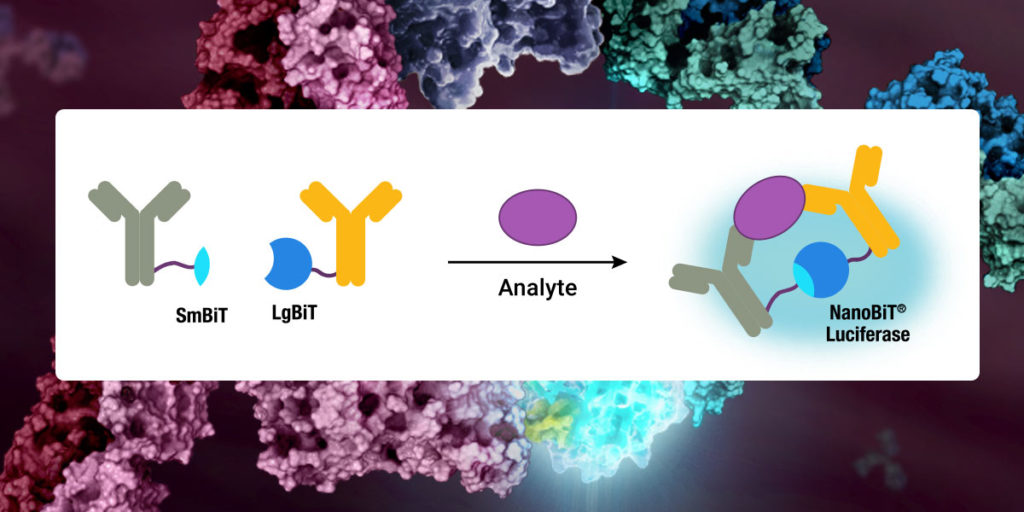Inflammation, a process that was meant to defend our body from infection, has been found to contribute to a wide range of diseases, such as chronic inflammation, neurodegenerative disorders—and more recently, COVID-19. The development of new tools and methods to measure inflammation is crucial to help researchers understand these diseases.

Cytokines—small signaling molecules that regulate inflammation and immunity—have recently become the focus of inflammation research due to their role in causing severe COVID-19 symptoms. In these severe cases, the patient’s immune system responds to the infection with uncontrolled cytokine release and immune cell activation, called the “cytokine storm”. Although the cytokine storm can be treated using established drugs, more research is needed to understand what causes this severe immune response and why only some patients develop it.
Traditional ELISAs to Detect Cytokines
Researchers can study the cytokine storm and other immune responses using cell-based models and assays that detect cytokines and their release. Currently, the traditional enzyme-linked immunosorbent assay (ELISA) is the most common assay for detecting cytokines. It uses labeled antibodies and a detection reagent that changes color based on the amount of cytokine present.
While ELISAs are simple to implement, they can take up to 24 hours to generate results. They also include numerous manual wash and pipetting steps, which means you must use a lot of plates, pipet tips and other lab consumables. You’ll also end up spending a lot of time in the lab to detect your cytokine of interest.
Lumit™ Immunoassays to Detect Cytokines: No Wash Steps
Promega has developed a new immunoassay platform for quantifying targets, such as a cytokines, without the need for any wash steps. With the new Lumit™ Immunoassays, all you need to do is add labeled antibodies, wait one hour, then add the detection substrate and read the assay plate on a standard luminometer.
Lumit is based on the award-winning NanoBiT® complementation system. NanoBiT consists of two subunits—small bit (SmBiT) and large bit (LgBiT). These subunits have low affinity for each other and only form an active luciferase enzyme when they come into proximity. To detect cytokines, primary antibodies to the target are labeled with SmBiT and LgBiT. In the presence of the target cytokine, SmBiT and LgBiT come together to form an active luciferase enzyme, which produces light proportional to the amount of cytokine present.
The Lumit platform allows for faster and easier detection of cytokines, supporting researchers interested in understanding the cytokine storm, biologics research, those looking for modulators of the inflammasome, and other inflammation and immunity research.
To learn more about performance of the Lumit™ IL-1β Assay and other cytokine immunoassays, download this poster: Rapid and Sensitive Determination of Cytokine Release from Cells without Sample Transfer.
Related Posts
Latest posts by Johanna Lee (see all)
- Microfluidic Organoids Could Revolutionize Breast Cancer Treatment - March 25, 2025
- Bacteria From Insect Guts Could Help Degrade Plastic - January 28, 2025
- A Diabetes Drug, Metformin, Slows Aging in Male Monkeys - December 19, 2024

What is the price of Luminit plataform reader and the cytokines kits
Hi, Thank you for your inquiry. The Lumit Cytokine kits are available through early access from our website. You can request more information here: https://www.promega.com/products/immunoassay-elisa/lumit-immunoassays/cytokine-detection-lumit-immunoassays/ We recommend the GloMax™ Discover Microplate Reader here: https://www.promega.com/products/microplate-readers-fluorometers-luminometers/microplate-readers/glomax-discover-system/?catNum=GM3000 I will have someone from your local branch office reach out to you directly for more information.